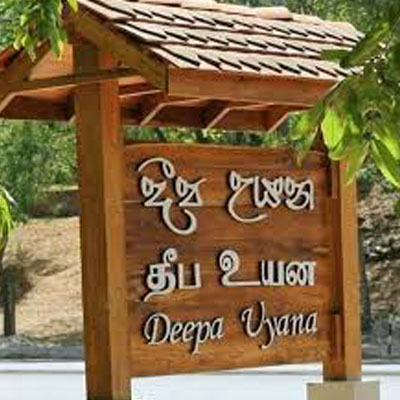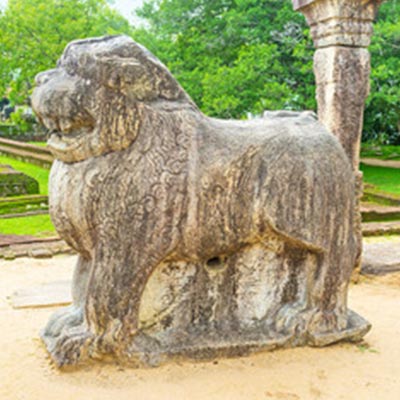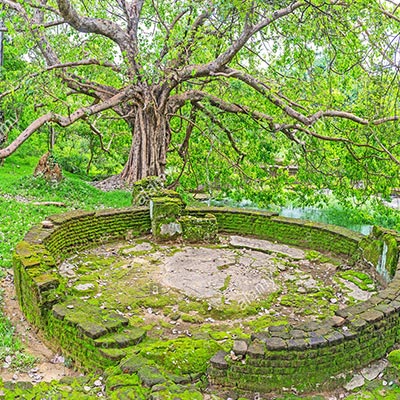

deepa-uyana
deepa-uyanasrilanka
The wonders of the bygone era of Kings in Sri Lanka and palaces that hold many secret happenings are abundant in Sri Lanka. King Parakramabahu’s walled palace which extends to the Parakram Samudraya, holds mysteries that are buried deep beneath the forests that still have stone stumps and grass mounds.
The Promotory as it is known today is one of the many parks constructed by King Parakramabahu and King Nissanka Malla. In the bygone era it was referred to as the Dipuyyana which means in Pali, the “Island Garden.” The Chulavamsa indicates some of the buildings that dotted this beautiful Island Garden. The beauties of this place include the Dawalaghara which was a white house constructed wholly in stucco, the Vidyamandapa, a pavilion constructed to exemplify the numerous divisions of science, the Dolamandapa which was a swing pavilion, the sports pavilion called the Kirimandapa, the peacock pavilion named the Mayuramandapa, the pavilion of Saturn called the Sanimandapa, which was made entirely of ivory, the Mirror pavilion named Adasamandapa.
The beauties of what has been stated herein would not doubt have made the Deepa Uyana (Island Garden) a unique place. This must have been a beautiful garden complex which no doubt surpassed the grandeur of King Parakrambahu’s Palace.
An inscription reveals that King Nissanka Malla renamed Deepa Uyana as “Kalinga Uyana. He is said to have constructed his magnificent palace which was seven stories, with a short period of 45 days along with his council chamber. The inscription reveals that King Nissanka Malla used to sit on a stone here and watch dances and listened to music.
The council chamber of King Nissanka Malla remains the best preserved construction, which is close to the Parakrama Samudraya, which stands on a rectangular structure made of stone masonry on an elevated platform which consists of two tiers, with two entrances from the northern side and the western side.
The huge granite sculpture at the southern end of the construction with its rows of pillars is said to have been the King’s throne.


